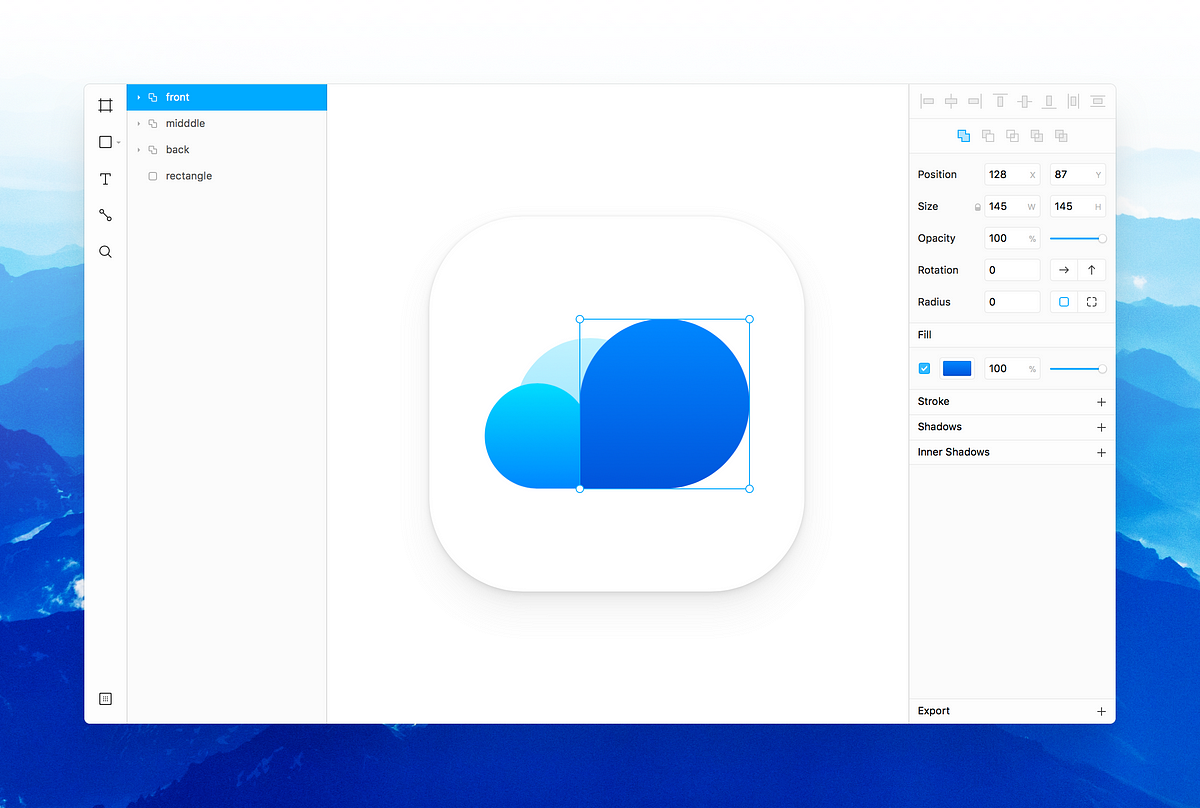
Along the way, we’ll use the things we learn to build five demo applications I’ve set up to show us how we can integrate Framer Motion into real-world applications.

#Framer tutorial how to
We’ll look into how to make gesture-triggered, timed, and scroll animations with Framer motion. We’ll learn how motion components work and learn how to chain animations together. In this article, we’ll take a closer look at how Framer Motion helps us in creating awesome animations. Framer Motion provides us with production-ready animations and a low-level API we can interact with to integrate these animations into our applications. With Framer Motion, you don’t need to be a CSS expert to make beautiful animations. However, creating eye-catching animations with CSS can be tricky. Inbox.icon_, when done right, are powerful. # This imports all the layers for "Inbox" into inbox Step 2: Hide the options, icon_write, and overlay layers When the user presses the overlay layer, reverse all corresponding animations.
#Framer tutorial plus
When the user presses the Floating Action Button rotate the plus icon: You can play with them in Noah Levin’s tutorial page. I just start with “300, 30, 0” then change them later. I mostly find right animation by adjusting tension and friction leaving velocity as 0.

The three values inside the parentheses are tension, friction, and velocity in order. So most of the time you use spring instead of linear or ease. But spring gives the most natural results. There are some ways to define the type of animations. On the other hand, we don’t have the ability to control how Keynote animates objects from one state to another.įortunately, Framer gives us fine control of animation effects via. One one hand, Magic Move is great-we are quickly able to sketch change over time. When creating motion studies with Keynote, UX designers often rely on Keynote’s “Magic Move” functionality. Step 8: Modify how the FAB animates between states To make your Framer prototype interactive, you write actions (functions) that respond to events.įramer allows you to "listen" to many events: click events, touch events, scroll events, drag events and more. User actions that a Framer prototype can respond to are called events. Interactivity lets objects on screen react to something a user does: moving a mouse over a navigation button produces a menu of links selecting a radio button reveals a new set of form options clicking a small photo makes the page darken and a larger version of the photo pop onto the screen. Layers may switch from state-to-state with or without animation. In one state, a circle may appear small, in a subsequent state, it may appear large. Layers can have multiple states, or, different ways of appearing.

Every layer inherits a set of default properties: width, height and a blue background. Layers can display images, videos or text.

We can think of objects we act upon in the real world as layers in Framer.įramer's documentation defines a layer as: In Framer, events, objects, and states are the key ingredients for creating interactive animated prototypes. Walking in the woods, we brush (an event) a branch (an object) away from our face.The branch bends (a state change).
#Framer tutorial free
Humans have the capacity to act by our own free will. In the example above, opacity and rotation are children of properties.


 0 kommentar(er)
0 kommentar(er)
